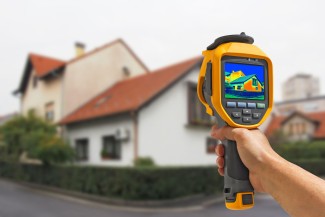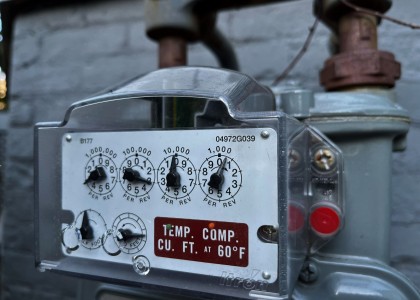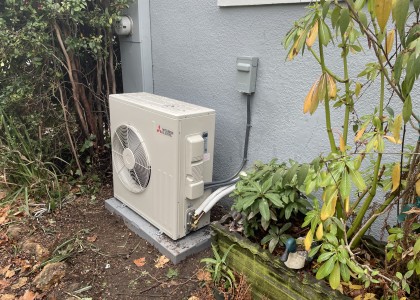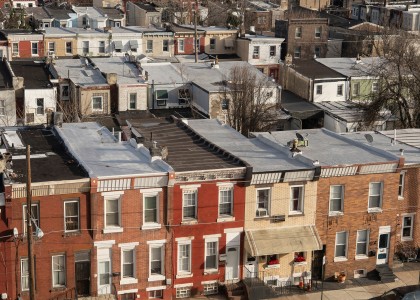As people grapple with rising energy prices this winter, states can take steps to help. They can tap nearly a billion dollars in federal funding—via the Children's Health Insurance Program (CHIP)—to remedy home health issues, such as lead and mold, as part of broader energy-saving weatherization services that will also reduce utility bills.
No state has yet fully seized this opportunity to address energy efficiency in tandem with health. Today, ACEEE is building on its prior research by launching an initiative to help a small group of states that sign up as partners to pursue CHIP funding to incorporate health measures into energy efficiency programs. Many states have unused CHIP funds that could be matched to address health needs via weatherization.
Home weatherization is an opportunity to not only improve the health of vulnerable communities but also curb both utility bills and greenhouse gas emissions. Many energy programs are now looking to leverage links between housing, energy, and health to retrofit more homes.
Promoting Health and Equity through Residential Program Design
This issue is critical because housing impacts health. Unhealthy living conditions can contribute to discomfort, serious respiratory illnesses such as asthma and chronic obstructive pulmonary disease, and even early death. Black, Hispanic, and Indigenous communities are disproportionately likely to face inadequate housing conditions, and in turn face higher rates of these housing-related harms.
Energy utility shutoffs also cause harm, especially to vulnerable groups like newborns and older people who are at higher risk of injury or death from uncomfortably hot or cold temperatures. High energy bills from inefficient housing put families with limited resources at greater risk for these shutoffs, as well as for tradeoffs between critical temperature control and other necessities, like food and prescription medication.
Physical changes to homes, such as improved air sealing and ventilation, from a weatherization program can improve energy efficiency and provide health and social benefits, such as mold remediation, asthma mitigation, and safety measures that help older adults age in place.
Designing energy efficiency programs to maximize their health benefits can broaden and strengthen the case for funding this work.
Unlocking Opportunities to Expand In-Home Services and Improve Children’s Health
To seize opportunities for increased weatherization, ACEEE began providing training earlier this year to program administrators across the country seeking to incorporate health into residential energy efficiency program design. We brought together hundreds of program implementers and other advocates and distilled our research into guidance materials for the group.
As a next step, we are now seeking to support a small cohort of states in developing partnerships and plans for a Health Services Initiative (HSI)—a flexible mechanism through CHIP to fund programs that address unmet health needs. Many states have unused CHIP funds that could be matched to support HSIs, but few have taken advantage of this option.
States have used HSIs to fund programs as different from one another as in-school vision screenings, special care for new mothers, and services to support homeless youth. Several, including Maryland and Michigan, are already using HSIs to improve health by modifying housing, particularly for lead remediation. Yet so far none have used HSIs to address health needs in a way that also delivers energy benefits.
ACEEE will support a small group of states to explore using HSIs to fund cross-cutting health and energy programs. We will provide technical assistance to state partners to identify and develop needed partnerships, plan out key program elements, identify appropriate matching funds, and ultimately submit a CHIP State Plan Amendment to establish an HSI. We will regularly meet with these state representatives over the next year to troubleshoot common challenges and identify lessons learned to share with others.
We invite you to reach out to us here to join this initiative or learn more about this opportunity.




